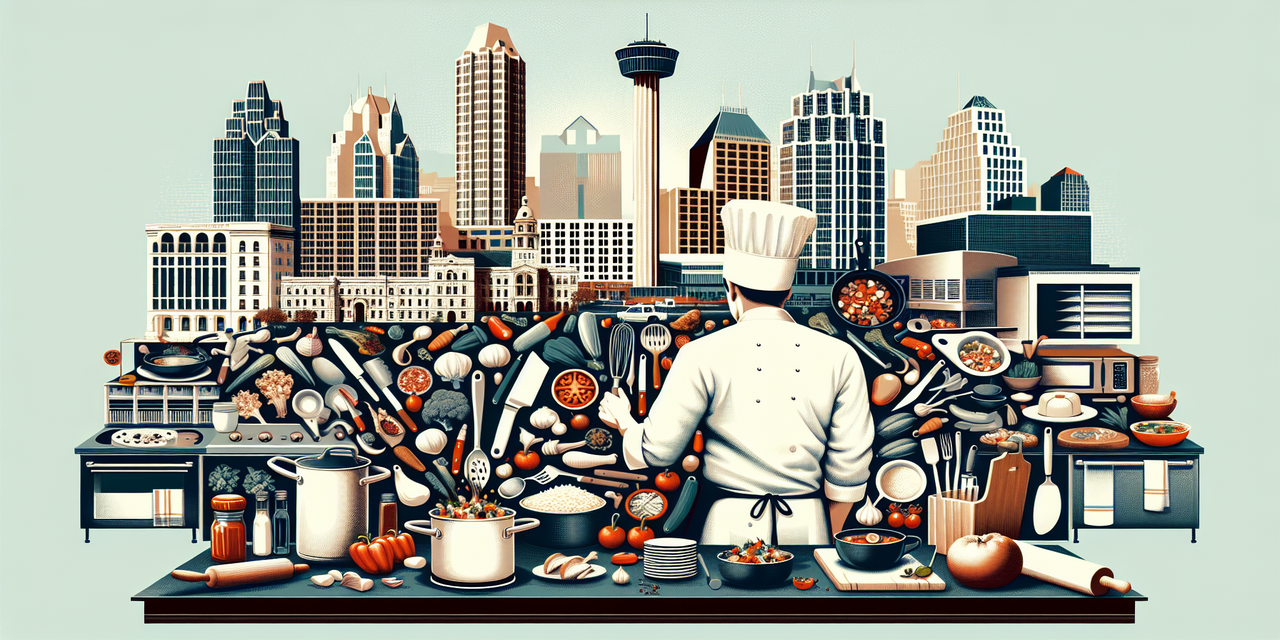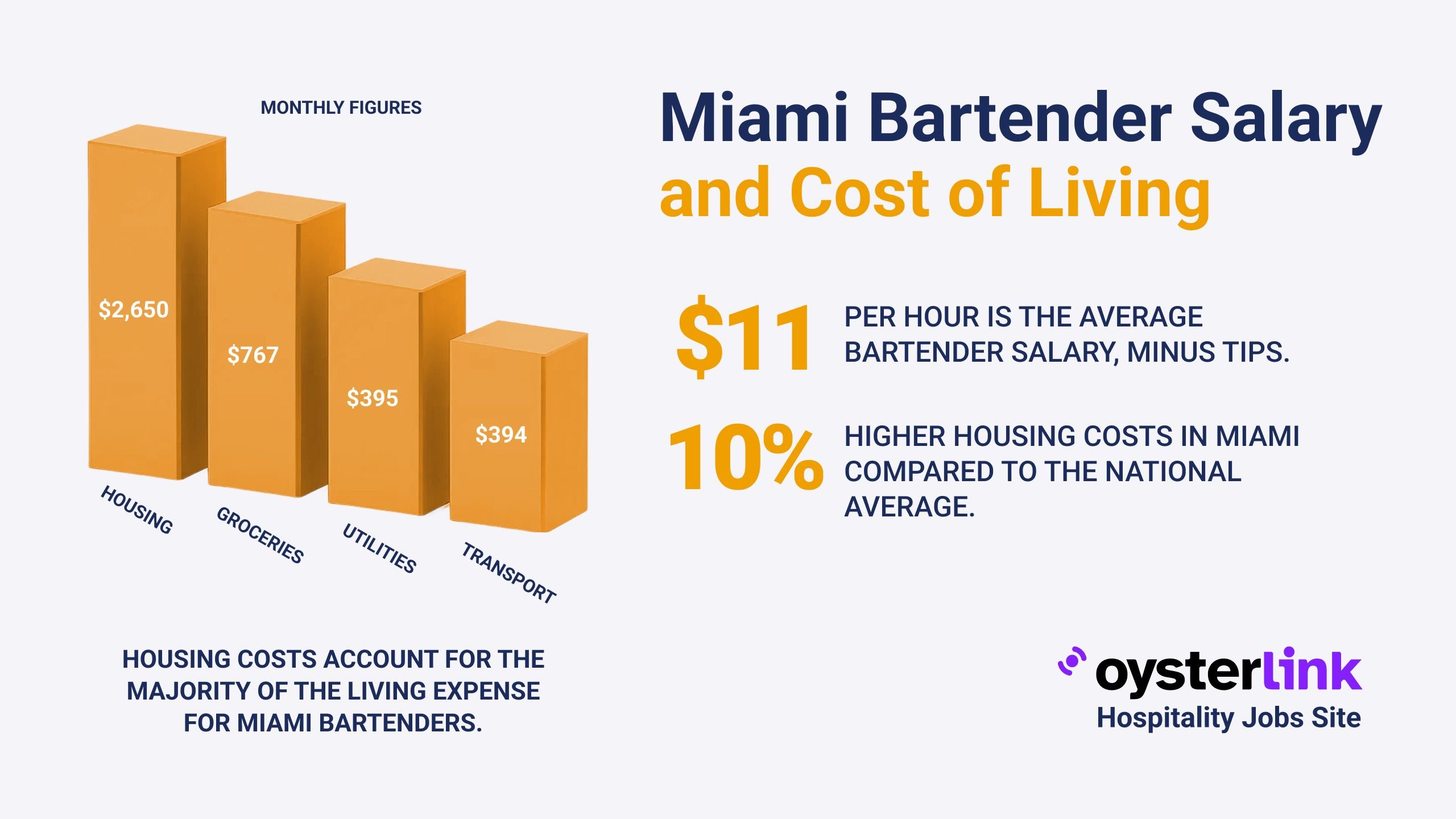Day in the Life of a Chef in San Antonio: Key Takeaways
- Chefs in San Antonio blend traditional Tex-Mex cuisine with innovative culinary techniques to craft unique menus.
- Daily duties include menu development, ingredient sourcing from local markets, kitchen management, and regulatory compliance.
- Major challenges involve balancing tradition with innovation, sourcing fresh ingredients year-round, and retaining skilled kitchen staff.
Explore what a typical day looks like for a chef in San Antonio, highlighting their key duties, challenges, and practical tips to thrive in this vibrant culinary city.
From creating authentic dishes to managing kitchens and staying compliant with food safety regulations, chefs in San Antonio face a dynamic and rewarding professional environment.
1. Duties of a Chef in San Antonio
A chef's role in San Antonio is multifaceted, demanding creativity, leadership, and adaptability. Their work revolves around several core responsibilities that keep kitchens running smoothly and guests delighted.
Understanding the chef job description can help employers identify the right candidates who can best fulfill these duties.
Menu Development in San Antonio Chef’s Day
Crafting menus that embody San Antonio’s rich culinary heritage is central to a chef's day. They emphasize Tex-Mex dishes while incorporating local ingredients and seasonal produce.
This approach ensures that menus feel authentic and fresh, offering diners an experience that celebrates local culture and flavors.
For professional growth, chefs often refer to tips from successful culinary career insights.
Ingredient Sourcing for San Antonio Chefs
Securing the freshest ingredients is critical. Chefs build strong relationships with providers like the Pearl Farmers Market, a key source of quality local produce.
By sourcing locally, chefs not only elevate their dishes but also support San Antonio’s agricultural community, reinforcing sustainable and community-driven food practices.
Kitchen Management and Regulatory Compliance
Managing kitchen staff, maintaining equipment, and organizing workflows are vital to delivering consistent, high-quality meals.
Simultaneously, chefs must ensure compliance with complex health and safety regulations at local, state, and federal levels, avoiding legal issues and safeguarding food safety.
Managers can learn more about how to hire top chefs for your kitchen to maintain this balance.
2. Challenges Chefs in San Antonio Face
Despite the excitement of the culinary scene, San Antonio chefs encounter several notable challenges that require skill and resilience.
Balancing Tradition and Innovation
Chefs must respect and honor the time-tested Tex-Mex traditions while introducing innovative dishes that appeal to a diverse customer base.
This balance demands creativity that respects authenticity without stagnation, keeping the cuisine vibrant and relevant.
Sourcing Quality Ingredients During Off-Season
Although local sourcing is ideal, seasonal changes can limit availability of certain ingredients.
Chefs often need to find reliable alternative suppliers or adapt menus based on what's fresh and accessible, maintaining high quality year-round.
Staffing and Keeping Skilled Kitchen Teams
Hiring and retaining experienced kitchen staff is a common obstacle that affects service consistency and operational efficiency.
High turnover in the restaurant industry means chefs must invest time in training and fostering positive workplace culture.
Explore strategies in retaining a chef effectively for sustained success.
Navigating Evolving Regulatory Requirements
Food safety regulations frequently change, requiring chefs to stay informed and adapt quickly to new standards.
Non-compliance risks legal penalties and endangers customer safety, making continuous education essential.
Restaurant owners benefit from understanding updates via restaurant health inspection guidelines.
3. Tips for Chefs Thriving in San Antonio
To succeed in the competitive San Antonio culinary market, chefs can apply various strategies that improve their craft and kitchen culture.
Engage with the San Antonio Community
Participating in local food events and collaborating with other chefs helps build strong networks and keeps chefs connected to evolving trends and consumer tastes.
Prioritize Continuous Learning
Attending workshops and cooking classes, such as those offered by the Culinary Institute of America in San Antonio, helps chefs refine techniques and embrace new culinary innovations.
Chefs looking to advance can also explore how to become a chef for professional development tips.
Implement Sustainable Practices
Embracing sustainability by sourcing from local farmers and reducing kitchen waste appeals to eco-conscious customers and contributes to a healthier environment.
Learn more about sustainability in hospitality for business benefits.
Embrace Adaptability
Remaining flexible in menu planning and open to customer feedback allows chefs to meet evolving consumer preferences and capitalize on seasonal ingredients.
4. Useful Resources for San Antonio Chefs
Access to reliable resources can support chefs in managing their duties and overcoming challenges effectively.
- San Antonio Food Bank – Offers programs supporting chefs and culinary education in the community.
- City of San Antonio Health Department – Provides updated guidelines and regulations on food safety and health standards.
- Culinary Institute of America – San Antonio – Offers professional development courses, workshops, and training for chefs.
Employers can improve their hiring process by referencing how to hire chef tips.
Day in the Life of a Chef in San Antonio: Conclusion
A chef’s daily life in San Antonio is rich with cultural influence, demanding a blend of creativity, operational skill, and continuous learning.
From developing dishes rooted in local heritage to managing unpredictable challenges like ingredient sourcing and staffing, success requires passion and adaptability.
By engaging with the community, committing to professional growth, and embracing sustainable and flexible practices, chefs in San Antonio can thrive in a vibrant culinary landscape that honors tradition while exploring innovation.
For those looking to understand the full scope of a professional kitchen, the kitchen chef hierarchy can provide valuable insights.

.png)

.png)
.jpg)